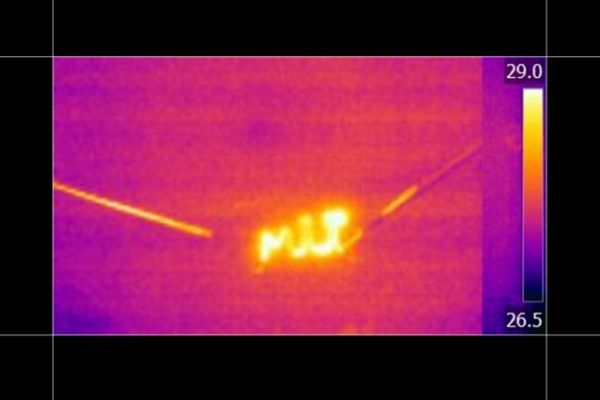Tar, the everyday material that seals seams in our roofs and driveways, has an unexpected and unappreciated complexity, according to an MIT research team: It might someday be useful as a raw material for a variety of high-tech devices including energy storage systems, thermally active coatings, and electronic sensors.
And it’s not just tar. Professor Jeffrey Grossman has a very different view of other fossil fuels as well. Rather than using these materials as cheap commodities to burn up, seal cracks with, or dispose of, he sees potential for a wide variety of applications that take advantage of the highly complex chemistry embedded in these ancient mixtures of biomass-derived carbon compounds.
A significant benefit of such applications is that they provide a way to repurpose materials that would otherwise be burned, adding to greenhouse gas emissions, or disposed of in landfills. These uses could lead to a “greening” of otherwise climate-damaging coal and other carbon-based materials, Grossman says.
Read more at Massachusetts Institute of Technology
Image: Infrared (heat) image shows a heating device made from steam-cracked tar, annealed with a laser, which was formed into an MIT logo to demonstrate the controllability of the process. CREDIT: Courtesy of the researchers


